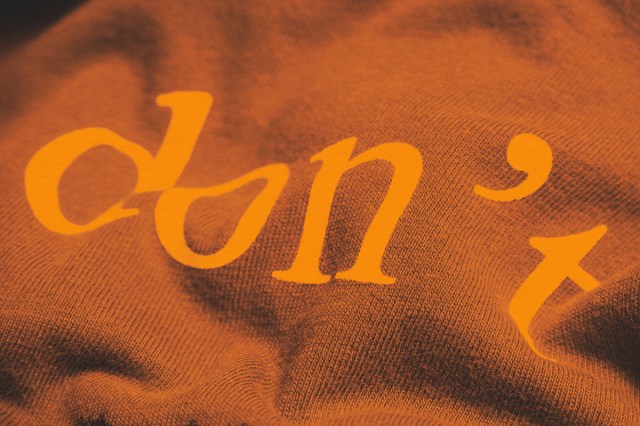
The apostrophe emerged as a punctuation mark over 500 years ago in Western Europe, and its usage has confused people ever since. Prominent writers, including Jane Austen, Thomas Jefferson, and Benjamin Franklin, are known to be inconsistent with their apostrophe usage, and even Shakespeare had trouble with this pesky punctuation mark. Today, apostrophes are used in English for three main reasons: to show possession, to omit letters or numbers, and to pluralize singular letters or numbers. Let’s review the do’s and don’ts of how to use this tiny yet powerful punctuation mark.
1. To Show Possession
Apostrophes are the easiest way to show possession. Instead of saying, “That is the book of Sarah,” it’s much simpler to say, “That is Sarah’s book.” However, there are many nuances to using apostrophes for possession.
Showing Possession With Nouns
With all singular nouns: Add an apostrophe and the letter “s” to the end of the word (even if it ends in an “s”).
Note: These guidelines depend on the chosen style guide. Most (AP, APA, MLA, and CMOS) advise adding an “-’s” when a singular common noun ends in an “s,” but individual publications or internal style guides might call for something else. For example, AP doesn’t add the “s” to singular proper nouns. It would be “the witness’s testimony,” but “Chris’ car.”
With plural nouns that do NOT end in “s”: Add “-’s”to the end of the word.
With plural nouns that DO end in “s”: Add only an apostrophe.
With nouns that end in “s” and are the same in singular and plural form: Add only an apostrophe.
With two or more nouns that show joint possession: Add “-’s” to the last noun listed.
With hyphenated nouns: Add “-’s” to the end of the word.
Showing Possession With Pronouns
With singular AND plural possessive pronouns: Do NOT use an apostrophe with possessive pronouns such as “his,” “hers,” “its,” “theirs,” “ours,” and “yours” (which already imply possession).
With indefinite pronouns: Add an “-’s”to indefinite pronouns such as “anyone,” “anybody,” “everyone,” “nobody,” and “someone” to indicate possession.
With interrogative pronouns: Do NOT use an apostrophe.
2. To Omit Letters or Numbers
Apostrophes are handy tools to shorten words or numbers, especially in casual conversation and writing.
Use an apostrophe to create contractions by omitting certain letters, thus combining two words into one.
Use an apostrophe to shorten numbers. Time periods, such as “the 1980s,” do not need apostrophes for pluralization — only for shortening, as in “the ’80s.” The exception is a possessive form of a specific year, as in, “The firm closed during 1929’s stock market crash.”
Use an apostrophe to shorten the beginning or end of other words in informal writing or speech.
3. To Form Plurals of Letters or Numbers
The only time that an apostrophe should be used to pluralize something is for a singular letter or a number. However, some style guides, such as APA, advise against using an apostrophe this way.
Use an “-’s” to indicate the plural form of a singular letter or a number.
Using apostrophes to form plurals is also common in a lot of colloquial idioms and phrases.
(Pay attention to detail.)
(Abbreviation for “kisses and hugs”)
(Be careful; avoid mistakes.)
(This common phrase is written differently depending on what style guide is used. AP and others recommend “do’s and don’ts” to pluralize the words, while CMOS says “dos and don’ts” is correct.)
Do NOT use an apostrophe to pluralize abbreviations. Simply add an “s.”
Other Guidelines
When using an apostrophe alongside other punctuation, the other punctuation mark(s) should come after the apostrophe. This is true for any punctuation, including commas in the middle of a sentence. (Note: This applies when the mark is used as an apostrophe, not when it is used as a single quotation mark.)
In quotation marks: The punctuation and quotation marks come after the apostrophe.
At the end of double quotation marks: The punctuation and all quotation marks come after the apostrophe. (Note: The single quotation mark looks similar to the apostrophe, but it does not function as an apostrophe and the usage rules are different.)
Obscure proper nouns: Some proper nouns omit an apostrophe without rhyme or reason. If you live near one of these places, or if you have another reason to use them, just memorize them.















